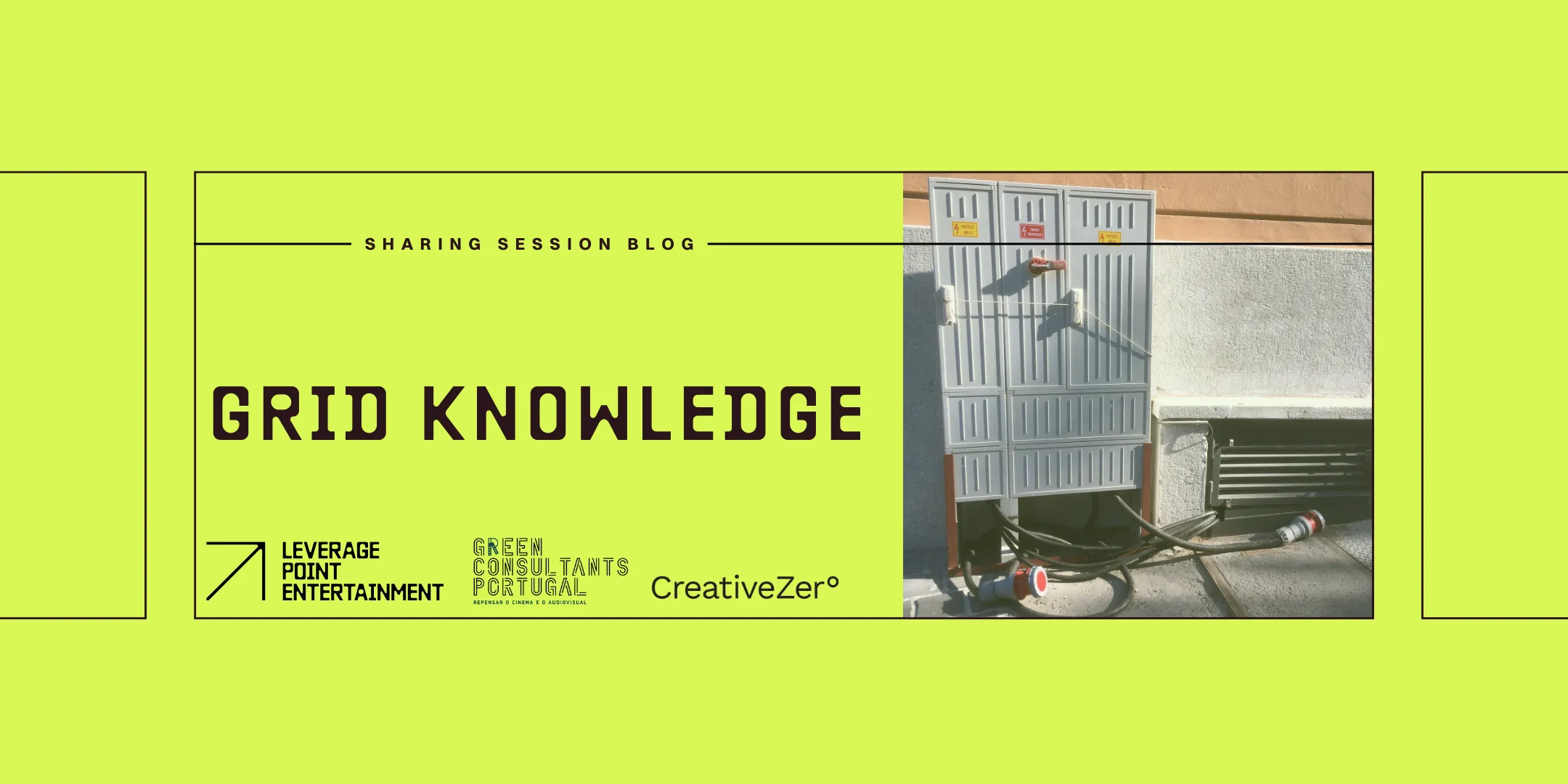How energy challenges became a production crisis
Across the global screen industry, diesel generators have become the default power source for on-location film, television, and event production. This sometimes unnecessary reliance on fossil-fuelled temporary power contributes substantially to greenhouse gas emissions, air pollution, and inefficiency. Diesel generators can account for up to 30% of a production’s total carbon footprint depending on scale and location. Some productions consume over 20,000 litres of diesel, emitting more than 50 tonnes of CO₂e1, figures that underscore the pressing need for cleaner alternatives. Mobile Power Units (MPUs) within London’s supplier fleet alone produce 64,000 tonnes of greenhouse gases (CO2e) every year2. Similarly, in the U.S,. it was found that big-budget films emit around 2,996 metric tonnes of CO₂ each, with fuel use mainly from generators and transportation. This accounted for around 48–56% of total emissions in films and up to 58% in scripted TV dramas3.
There is a significant global demand to address the need for more efficient power solutions, yet substantial hurdles remain. Compressed pre-production periods and complex stakeholder relationships continue to obstruct the implementation of alternative power solutions. The path forward requires standardised guidance, industry-wide alignment, and robust funding mechanisms to support greener, more resilient power infrastructure for the creative industries. This is not a peripheral concern, as clean energy and its accessibility will be fundamental for the industry’s operation in the case of a limited energy future. We are seeing anti-pollution, noise, and weight regulations coming in across the board, and while welcome, they will make our current way of working impossible; thus, it’s essential to be ahead of the curve.
- BAFTA albert
- The Shift Report from The Fuel Project, a collaboration between Creative Zero and Film London
- Sustainable Production Alliance



